Ground Nesting Birds: Safe and Sound Underground
Updated: May 26, 2022
From crannies and crevices to tunnels, some birds nest in the ground. We dig into the nest secrets of burrowing and ground nesting birds.
Birds That Nest in the Ground
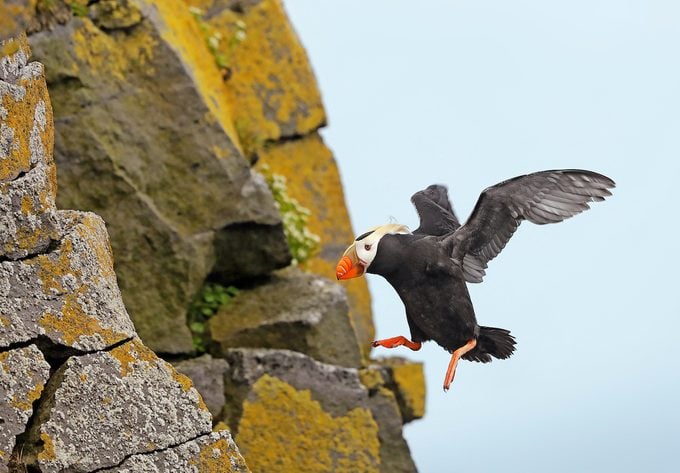
Birds create an amazing variety of nests to shelter their eggs and young. Some construct massive platforms of sticks in tall trees, others weave intricate cups of plant stems hidden in shrubs or vines, and a few lay eggs inside holes in trees or on a smoothed-over pile of beach sand. But the best-protected and most unusual nests are those placed in subterranean burrows. Meet the ground nesting birds that have adopted this underground strategy.
Kingfishers
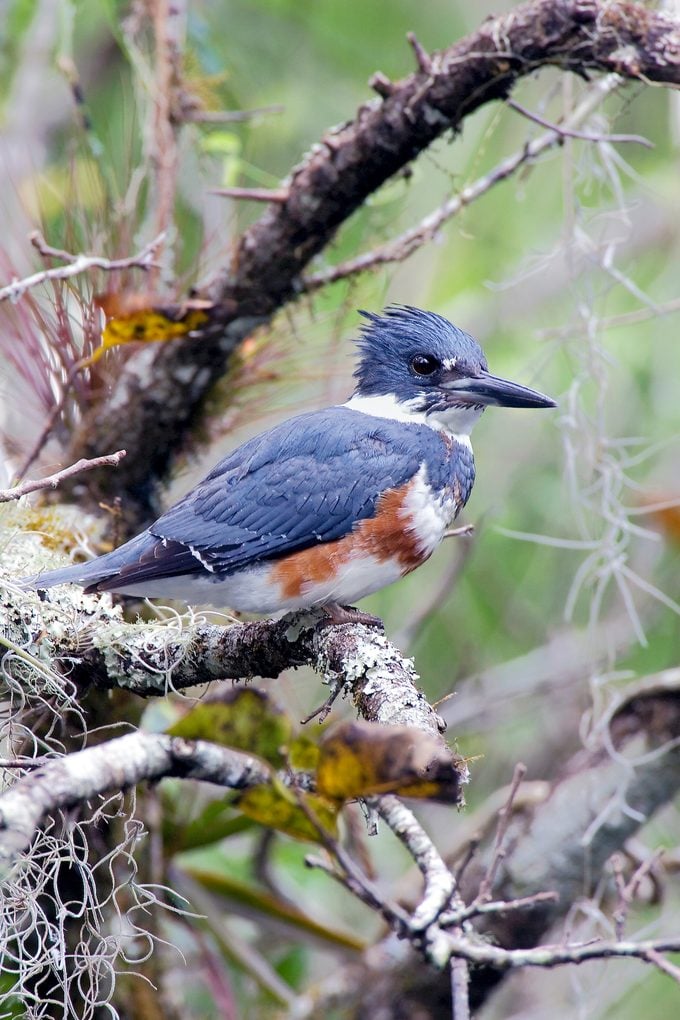
With hefty beaks, shaggy crests and rattling cries, belted kingfishers are commonly spotted around lakes and rivers across North America. Hardly anyone, though, sees the tucked-away nests where they lay their eggs. Each pair of kingfishers finds a vertical dirt bank, often a high riverbank, and they take turns boring a horizontal tunnel. Loosening the soil with their sharp beaks and shuffling dirt back with their feet, they may dig for a week or more. The finished nook is usually 3 to 6 feet long but is sometimes more than 14 feet. A large chamber sits at the end of the narrow round tunnel.
In this secure shelter, parents incubate five to eight eggs for about three weeks and feed the growing nestlings for another four weeks. At that point, the young kingfishers are ready to come out of the burrow and learn to fly. Although the belted is the only widespread kingfisher in the United States, two others live close to the Mexican border. The green kingfisher is a tiny bird, smaller than a robin but with an enormous beak, while the ringed kingfisher is a bruiser, larger than the belted. They all share the family habit of building nests in dirt banks.
Burrowing Owls
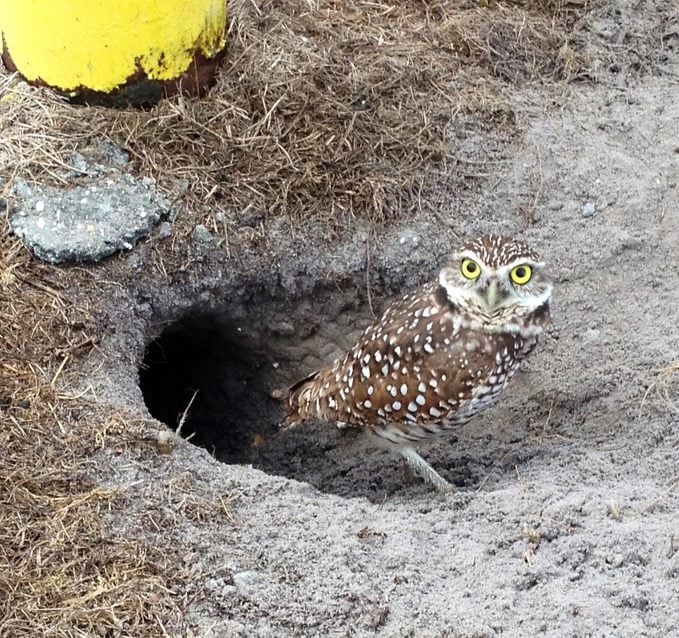
Named for their distinct below-ground habits, burrowing owls scuttle over open prairie and desert floors in the western states and Florida. They’re active by day, making them easier to watch than most owls. In the western states, the owls usually dwell in prairie dog colonies, where they take over abandoned quarters. In Florida, many burrowing owls live in vacant lots in towns, and some communities proudly adopt and protect local colonies. Unlike their western cousins, the Florida owls regularly excavate their own homes. A pair may dig a tunnel 10 feet long in only two days.
An old western nickname for the burrowing owl is “howdy owl,” because it appears to nod its head as a way of saying hello. Cowboys had many legends about these birds, including that the owls, prairie dogs and rattlesnakes would live together peacefully in the same burrow. They don’t, of course. But here are the facts behind the myth: When they’re disturbed, the young owls make a harsh buzz that sounds very much like the rattle of a snake. Hearing that sound from deep in a burrow may be enough to make humans (and other animals) stay away.
Learn how to attract owls to nest in your backyard.
Swallows
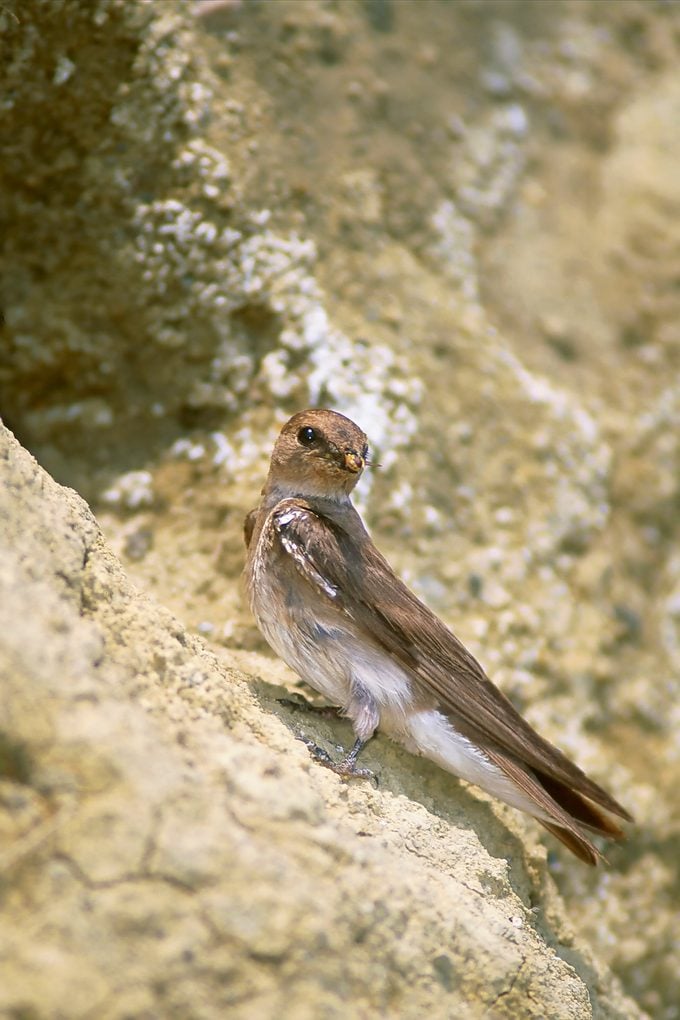
Many swallow nests are out in the open. Barn swallows, of course, build nests in barns, on porches and in sheds, using stiff, dried mud as a foundation. A couple of types of swallows interact with mud and dirt in other ways. Bank swallows and northern rough-winged swallows are common from coast to coast in summer. Both nest in holes. Bank swallows create tunnels in steep dirt riverbanks, where they seem to love company. On high banks, the lairs of dozens of birds—sometimes a thousand pairs or more—may crowd together, entrances only inches apart.
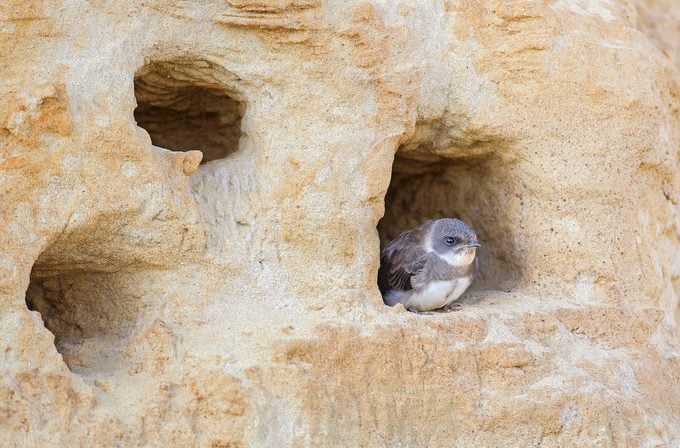
Horizontal tunnels average about 2 feet long. Some bank swallows dig up to 5 feet into the soil—that’s quite a feat considering these are the smallest swallows, with bodies less than 5 inches long. Northern rough-winged swallows are not nearly as sociable, living in very small groups or as isolated pairs. Unlike their hardworking cousins, these ground nesting birds usually don’t make their own burrows. Instead, they find holes abandoned by rodents, kingfishers or other creatures, or move into vacant digs at the edge of a bank swallow colony.
Seabirds
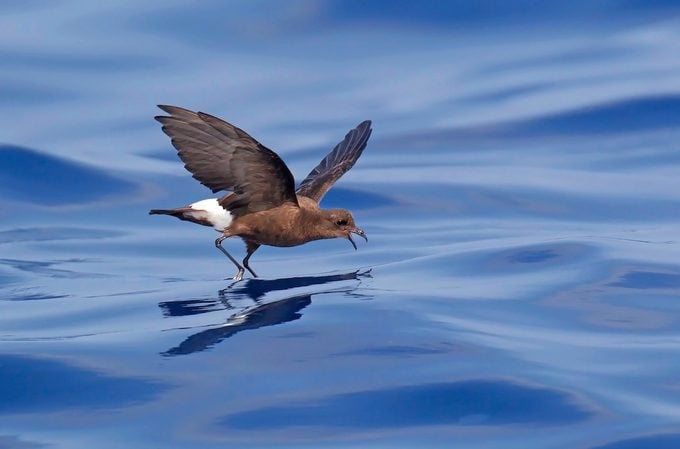
The most mysterious burrowers are found among the true seabirds. Many of these ocean dwellers raise their young on islands. The smaller species often excavate burrows or find hollows buried deep among the rocks. Hidden away, the homes are safe from large gulls and other predators. This secretive behavior seems fitting for storm-petrels, little dark seabirds that flutter low over the waves. They come and go from their nests only at night. Islands off both the Atlantic and Pacific coasts have thousands of these ground nesting birds.
On the Farallon Islands near San Francisco during the day, for example, you’d never guess how many of these secretive birds are concealed underground. On the other hand, puffins, which are also ground burrowers, are famous even among people who have never seen one in the wild. With their upright posture and colorful beaks, puffins are pictured on signs and T-shirts in coastal communities in Maine and Alaska. They seem flashy, but when it’s time to choose a nest site, they go below ground—digging or finding a deep crevice among the rocks. It’s just one more example of the ways birds can be endlessly surprising.
Next, learn how long baby birds stay in the nest and more nest facts.




















